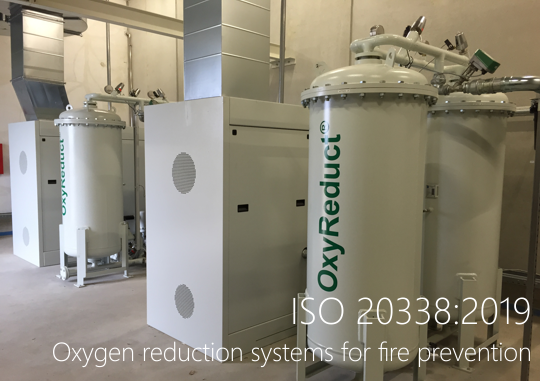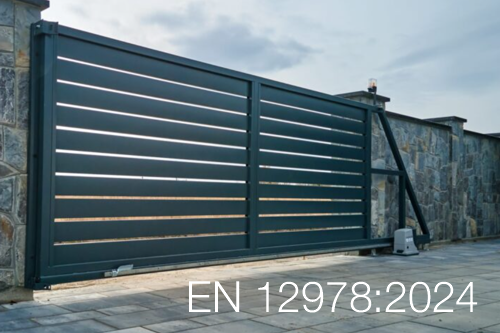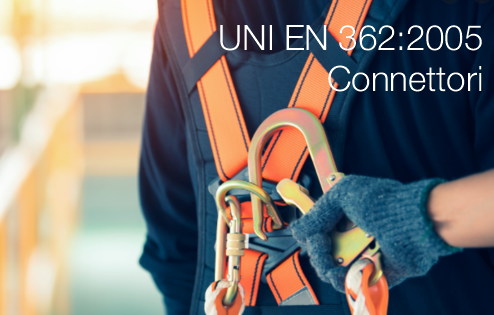
Oxygen Reduction Systems (ORS) for fire prevention - Design, installation, planning and maintenance
Oxygen reduction systems (ORS) are designed to prevent fires from starting or spreading, by means of the introduction of oxygen reduced air and creating an atmosphere in an area which is having lower permanent oxygen concentration in respect to ambient conditions.
Oxygen reduction systems are not designed to extinguish fires.
The design and installation are based on detailed knowledge of the protected area, its occupancy and the materials in question. It is important to suit the fire protection measures to the hazard as a whole.
Note
I sistemi a Riduzione di Ossigeno (ORS) o a "deplezione d’ossigeno", sono dei metodi di protezione attiva di prevenzione degli incendi, basati sulla riduzione della concentrazione d’ossigeno presente nei locali protetti.
Questo tipo di sistemi sono sicuri e non nocivi per l’uomo. L’atmosfera ipossico che si realizza negli ambienti protetti con sistema a riduzione di ossigeno è equivalente, per il nostro organismo, alle condizioni dell’aria ad elevate altitudini.



































